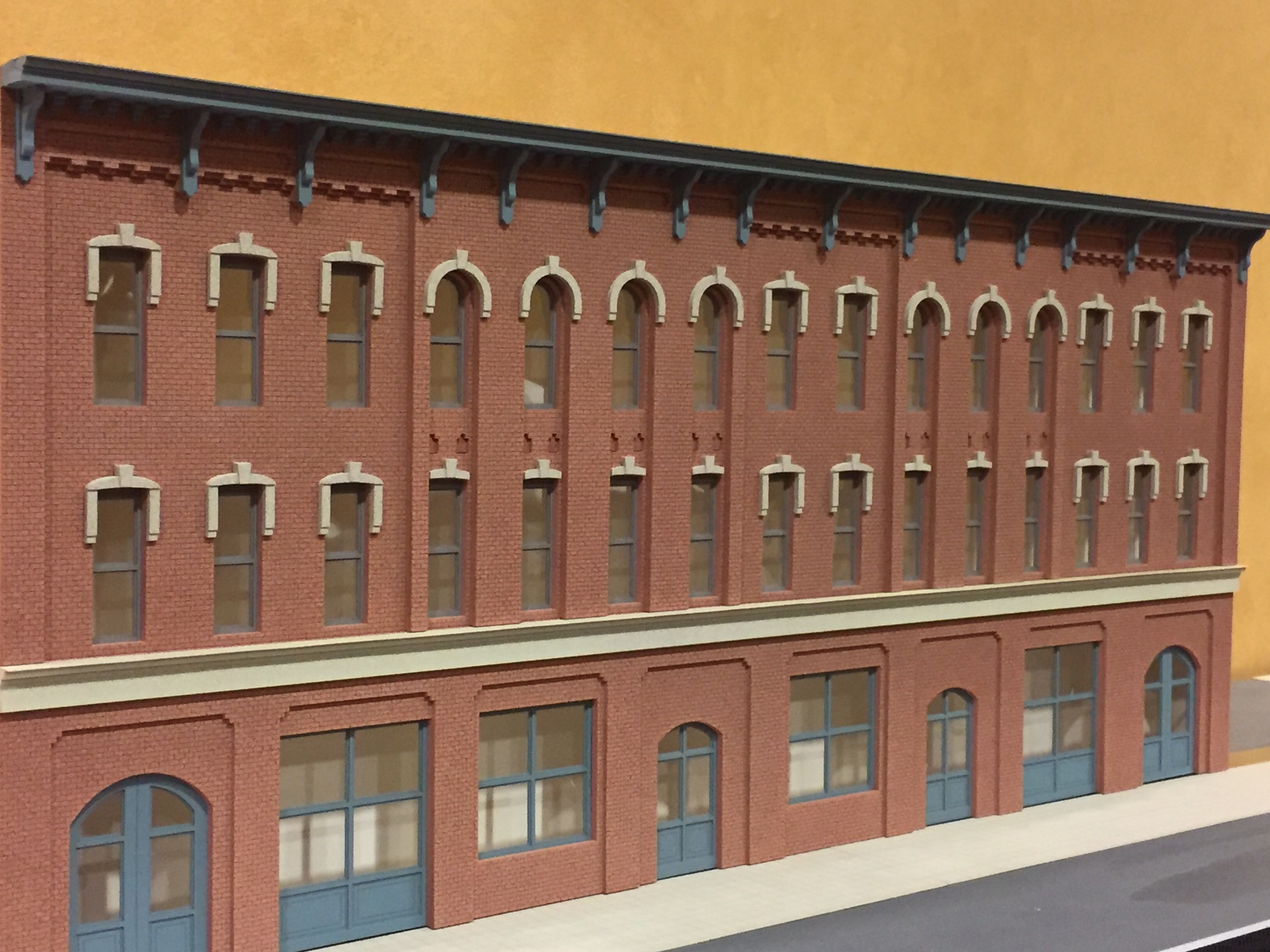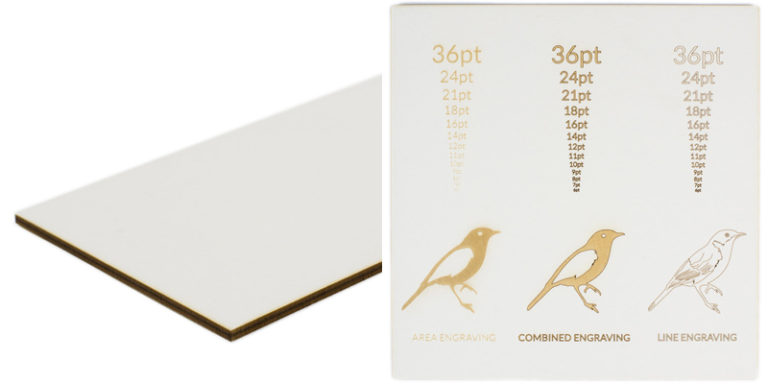
This is because, as we’ve already seen, resources are generally not assigned to tasks in Kanban mode. By default, Work is used for the tasks, not Duration. You can then configure any of the task parameters as you so choose.ĭespite these similarities, there are some important observations to be made about the Task Board Sheet view, as follows:ġ. For example, double-clicking on any task will give you the familiar Task Information dialog box. From this sheet view, you can add more power to the Kanban board. This view will look very familiar to you as it presents the tasks in a table, very similar to the Entry table. From the Format tab, locate and click on the Sheet button. This means that we can tap into all the scheduling power on offer. The underlying scaffolding is still provided by the familiar tables, views, algorithms, and scheduling engine of Project. Using the Sheet view for the Task Board viewĪs we mentioned earlier, the Task Board view is just a facade. Project allows for that too, as we will see in the next section. For example, you might want to set task parameters, dependencies, priorities, or other parameters. Sometimes, however, you might want a little more scheduling power. In this way, it is possible to execute entire projects with great flexibility. Rinse and repeat until all the tasks reach completion, the Not Started column is empty, or the project is otherwise considered complete. This logic extends all the way back along the sequence of columns.ħ. A task can only be placed in the Done column when it is 100% complete. This task has completed its life cycle.Ħ.

When the task is 100% complete, it is moved into the Done column. Team members select tasks from the Next Up column, and when they are well under way, they can be moved to the In progress column.ĥ. A task gets logical relevance when, for example, a dependency is triggered on it.Ĥ.

When a task gets logical relevance in the schedule, it is moved to the Next up column. By definition, such new tasks will be at 0% completion.ģ. Every new task that is uncovered will be entered into the Not Started column. Now continuing, let’s consider the flow of events in a normal project:Ģ. A common practice is to set the columns to some meaningful sequence, such as 0% - 25% - 50% - 100%, as shown in the following screenshot:įigure 6 - Renaming the column label on the Task Board view This is true for all columns except the Done column, which, by definition, is preset to 100% completion. Team members can choose tasks to execute by themselves from the Not Started column and traverse sequentially through the columns until each task reaches the Done column, which is the task’s final resting place.įor each of the columns, you can set a representative percentage task completion value, which indicates how much of the task has been executed. This means that your Kanban board, by default, will have the following properties: Because of this, the rigidity of Waterfall scheduling is not applicable to Kanban. A fast and autonomous decision-making process is a given. Points to note about Kanban within ProjectĪgile is suited to experienced teams who are in constant communication with stakeholders. Now it’s time to understand and experience the flexibility promised by Agile Kanban. Start by clicking on the New Task button, as shown in the following screenshot:įigure 4 - All tasks added to the Task Board view With this idea in mind, let’s start adding our running project’s tasks one by one. In Kanban, the primary focus is on visualizing the project schedule’s workflow, while the secondary focus is on limiting the In Progress tasks as much as possible. This will allow you to add a new task to the schedule. Unlike in the other views that you’ve probably encountered, there is a New Task button. Something that’s notably absent is the Gantt chart. As you can surmise, these columns represent successive stages of task execution.Ĥ.

Within this Task Board view there are four primary columns, labelled Not Started, Next up, In progress, and Done. All the Agile features within Project are mapped to existing familiar constructs such as Views and Tables.ģ. As you will soon see, this view implements an intuitive drag-and-drop feature.Ģ.

There are a few important points to note about this Task Board view:ġ.


 0 kommentar(er)
0 kommentar(er)
